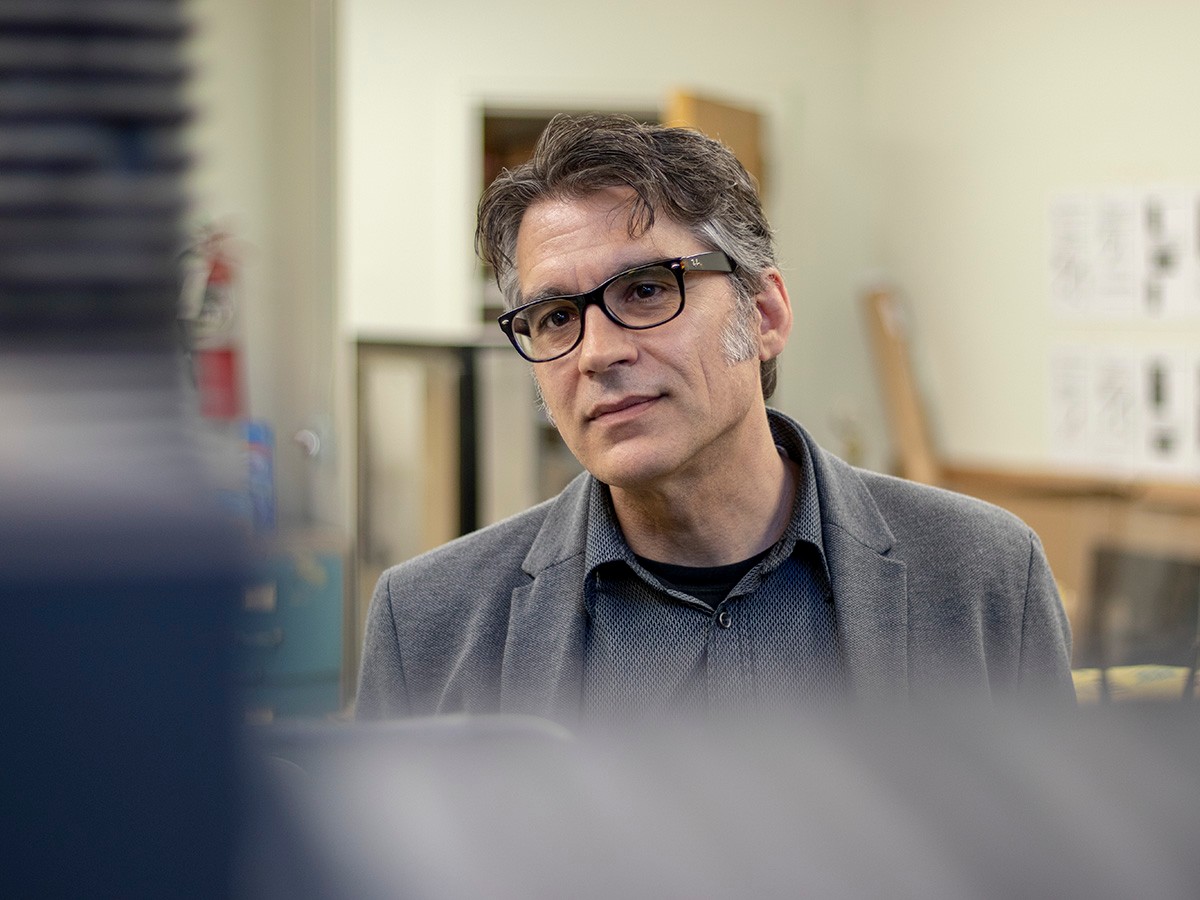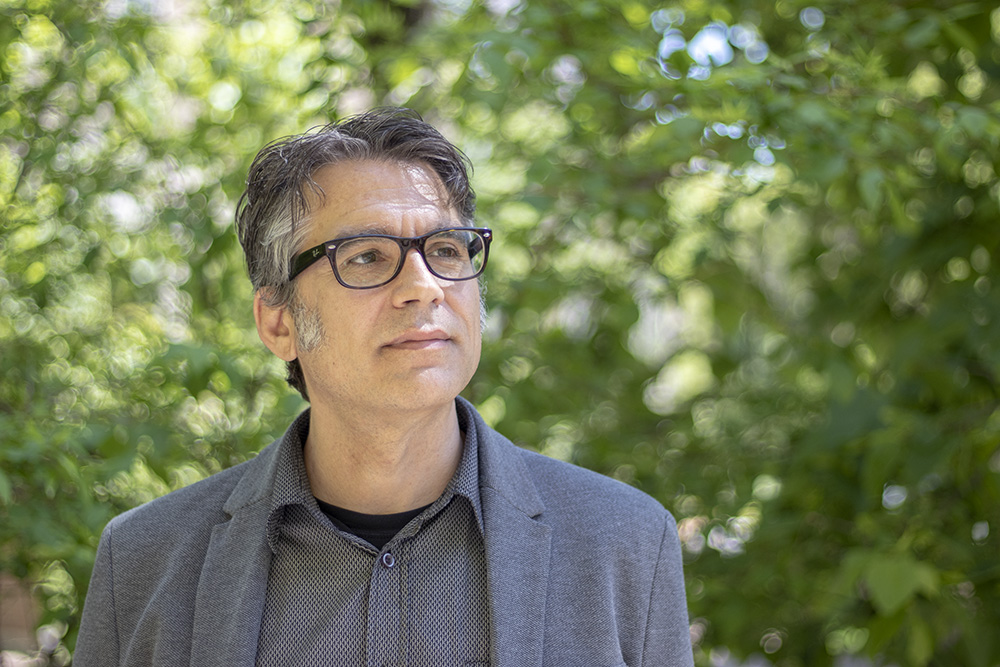Dr. Marcello Papini

Areas of Academic Interest
Abrasive jet machining
Process modelling
Solid particle erosion
Tribology
Fracture mechanics
Biomechanics
Numerical modelling
Materials characterization
Spotlight
Anyone who enjoys the magic of power washing will appreciate Marcello Papini’s abrasive jet technology. While there is a key difference in application – the first to remove surface grime and the second to cut into surfaces – the use of speed and pressure overlap. “Plus, there’s the sheer joy of blasting stuff,” says Papini. “Students really get into it.”
With variations in nozzle size, particle size, velocity and angle, Papini’s jets can cut wide, narrow, deep or shallow, depending on the need. They can be used for delicate etching, shaping and carving tasks and have applications in automotive, aerospace, medical and other fields. For example, jets can deliver drugs through the skin in place of a hypodermic needle. They also show promise for the next generation of 3D components used in microfluidics and lab-on-a-chip devices.
Papini’s greatest interest lies in computer modelling: predicting the size and shape of micromachined features. “This technology has a lot of advantages. It can cut virtually any material, it doesn’t heat the material, it’s flexible and it’s environmentally friendly. It’s complicated and specialized, but at the same time, it has a broad appeal. Like power washing.”

“I have three research labs where students have a blast – literally – while doing the machining.”
- Tier II Canada Research Chair (2007-17)
- Fellow, Canadian Society for Mechanical Engineering (FCSME)
- J. Schwartzentruber, J.K. Spelt, and M. Papini, Modelling of Delamination due to Hydraulic Shock when Piercing Anisotropic Carbon-Fiber Laminates using an Abrasive Waterjet, International Journal of Machine Tools and Manufacture, 132, (2018), 81-95.
- M.R. Sookhak Lari, M. Papini, Inverse methods to gradient etch three-dimensional features with prescribed topographies using abrasive jet micro-machining: Part I – Modelling, Precision Engineering, 45, (2016), 272–284.
- M.R. Sookhak Lari, M. Teti, M. Papini, Inverse methods to gradient etch three-dimensional features with prescribed topographies using abrasive jet micro-machining: Part II – Verification with micro-machining experiments, Precision Engineering, 45, (2016), 262–271.
- K. Kowsari, H. Nouraei, B. Samareh, M. Papini, J.K. Spelt, CFD-aided prediction of the shape of abrasive slurry jet micro-machined channels in sintered ceramics, Ceramics International 42 (6), (2016), 7030–7042.
- V. Hadavi, C.E. Moreno, and M. Papini, Numerical and experimental analysis of particle fracture during solid particle erosion, Part I: Modeling and experimental verification, Wear, 356–357, (2016), 135–145.
- Abrasive Jet Machining
- Abrasive Waterjet Micromachining
- Solid Particle Erosion
- Co-editor-in-chief, Wear (Elsevier)
- Wear of Materials Inc. steering committee